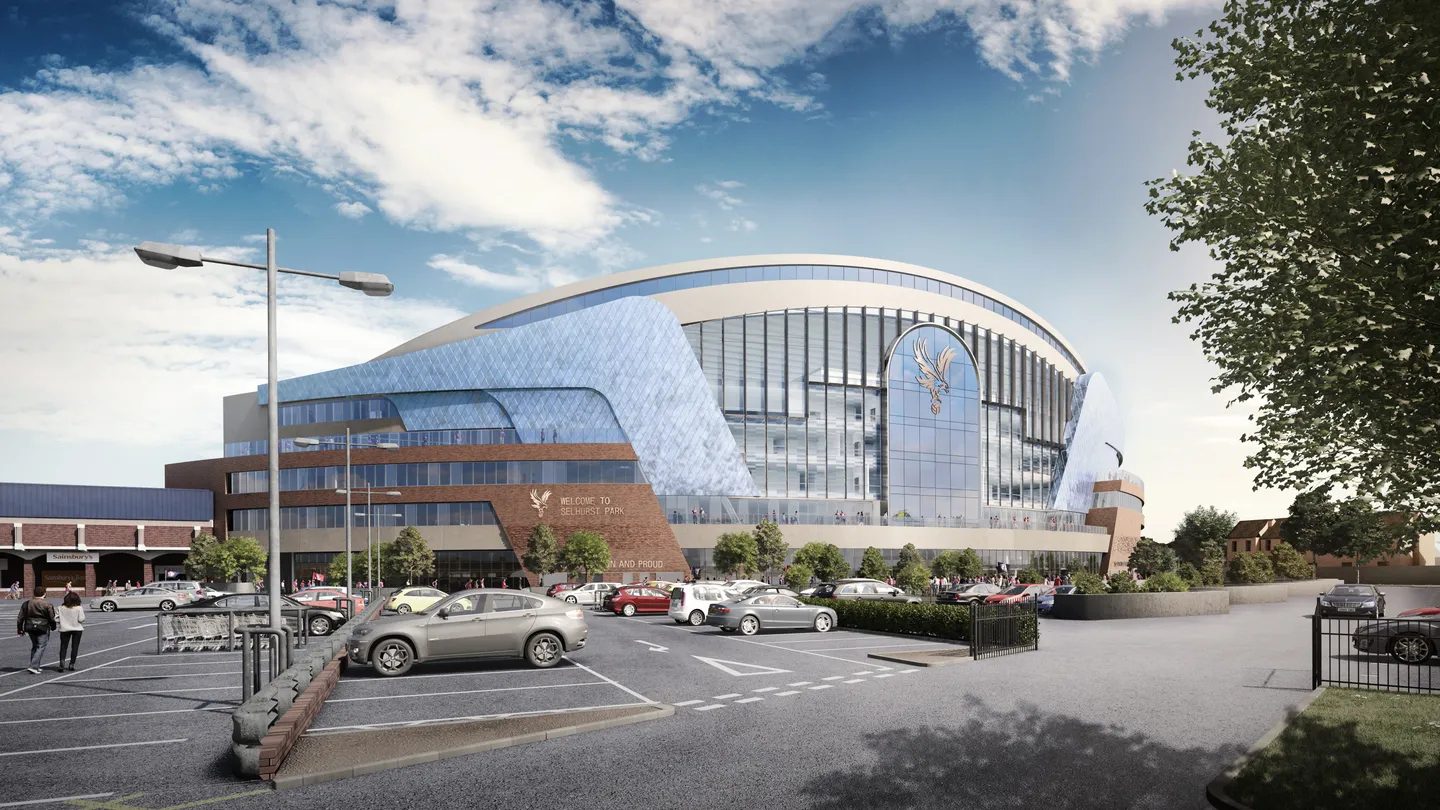Beyond sporting spectacle, can stadiums end their isolation?

This post was originally published on this site

Stadiums are grandiose civic features, but they risk becoming disconnected from their home cities. A new report argues that with a more outward-looking design, they can become place-making hubs of community activity, at one with their urban context
We all know that sports stadiums are a vital piece of a city’s social infrastructure and economy, with inspiring architectural designs that sit proudly on many skylines.
As a result, many stadiums have become like modern day cathedrals to the many millions who pour into them on a weekly basis across the globe.
Stadiums provide the foundation from which a city can build a sporting legacy, creating thousands of jobs and contributing millions to the local and national economy.
However, as progressive cities focus on approaches geared towards the liveability, inclusivity and flexibility of the city itself, there’s a fear that sports stadiums could become increasingly disconnected to the community of the city.
Future Places Studio, which specialises in research, content and place-making, has released the Sport and the City report, presenting the case that sports stadiums should no longer be designed and operated as a single use asset that sits empty, or under-used for large parts of the week.
Rather, it argues, they should be versatile and integrated place-making anchors, which “activate and enliven” their local neighbourhoods 365 days of the year.
Jack Sallabank, Future Places Studio’s founding director, said: “The design approach of stadiums should shift from inward looking to places which have an inclusive and engaging relationship to their surrounding urban context as they become hubs of community activity.
“With this ambition in mind, this report presents a high level strategic vision to guide and inspire architects, developers, municipalities and stadium owners in how they can approach stadium design differently.
“In researching this report, we have observed sports stadiums at the point of change, identifying a range of examples where modern thinking and approaches are being applied to stadium design. Despite the promise that these examples present, our research suggests that there is still room for more innovation and creative thinking, especially in how stadiums can become integrated and adaptable place-making anchors.”
The report focuses on four areas that came out of the Future Places Studio research:
Anchors & Hubs
Sports stadiums as anchors to stimulate and enable wider investment and growth:
- Embedding the stadium in a wider masterplan that ensures projects are conceived as integrated neighbourhoods that belong to and connect with their surrounding area
- Establishing a stadium led regeneration vision which articulates the direction of travel over the coming 10-20 years but is intentionally flexible to be able to adapt with changing needs over time
- Creating the sporting and social infrastructure to accommodate major sporting events
- Ensuring that the public and private sector work in partnership across stadium led projects
Connected to places
Sports stadiums that are an integral part of their local context:
- Sports stadiums designed to enable a constant flow of people in and through the stadium on non-match days
- Stadiums integrating nature based elements such as green walls, timber façades and planting
- Colourful street art that enlivens the spaces in and around a stadium – for example, painting on football pitches, basketball courts and running tracks to create a multi-use landscape
- Spectators enabled to safely cycle to a stadium via a cycle network and then into the stadium using a specifically designed bike ramp
Versatile
Sports stadiums as a versatile asset class providing a dynamic and mixed offer:
- Introduce new use classes on a temporary or permanent basis to increase dwell time, activate empty spaces and increase revenue
- Bring in design innovation and new ways of thinking about mixed-use spaces
- Programme and curate spaces with an ongoing calendar of public events
- Include provision for local communities such as sports hubs, educational facilities, GP surgeries, or specialist hospital or care facilities
Innovators
Sports stadiums that tackle climate change and pioneer the use of new materials, modern methods of construction and smart technologies:
- Responding to the climate emergency by using sustainable materials in construction, the installation of solar panels to generate renewable energy, and storm water management systems to combat the risk of flooding
- Working with partners to position the stadium as a smart city test bed to bring forward new innovations geared towards sustainability, energy management and the fan experience
- Adopting a re-use and circular approach to the construction of stadiums
Sallabank added: “The report clearly shows that with opportunities to create new revenue streams and enhance the relationship between a stadium and its neighbourhood, sports stadium design and development is at an exciting point of change. This report has identified several innovative approaches to stadium design which demonstrate the art of the possible and should act to inspire the future stadium.”
The Sport and the City report was commissioned and sponsored by global built environment consultancy, Okana, along with Art Invest Real Estate and British Land.
Jonathan Seebacher, a member of Okana’s advisory board, said: “This research is the perfect example of the benefits of place shaping. Place shaping is all about people and experience, and sport events and stadia are becoming an increasing catalyst in shaping cities and places as they start to blur the boundaries beyond traditional typologies and approaches.
“The report highlights the need for greater connectivity, versatility and innovation in the design and development of sports stadiums worldwide.”
Main image: Crystal Palace Stadium
Read next: Dangerous cladding replaced on Aberdeen high-rise
Are you a building professional? Sign up for a FREE MEMBERSHIP to upload news stories, post job vacancies, and connect with colleagues on our secure social feed.





Responses